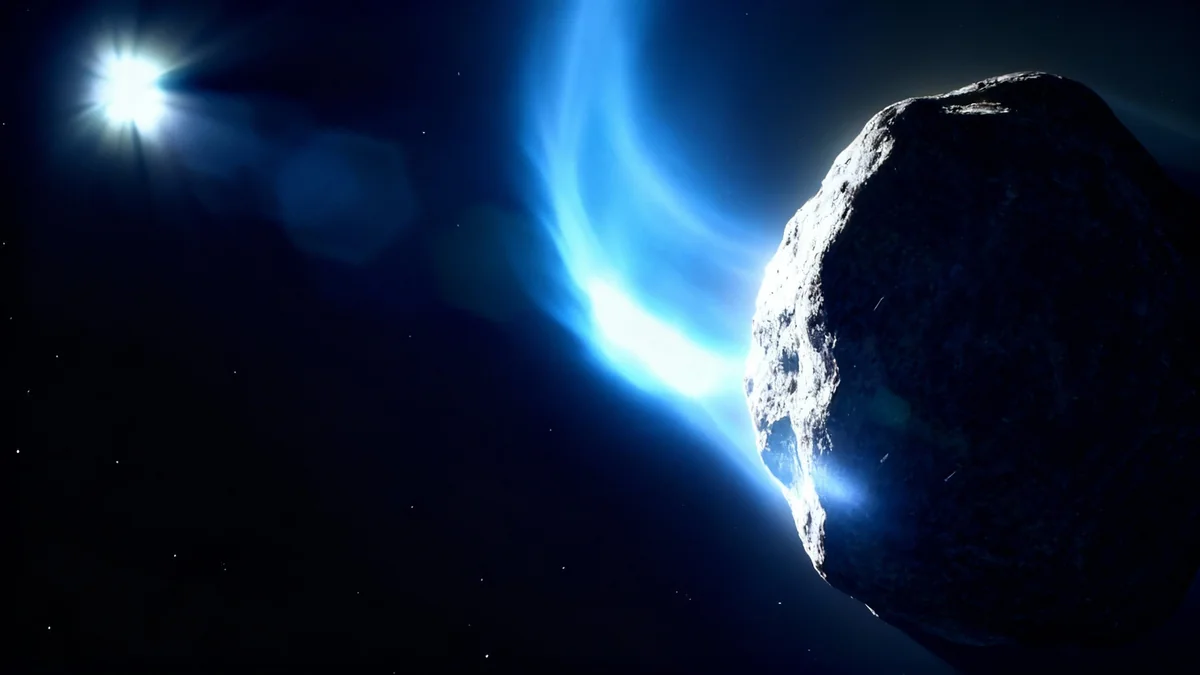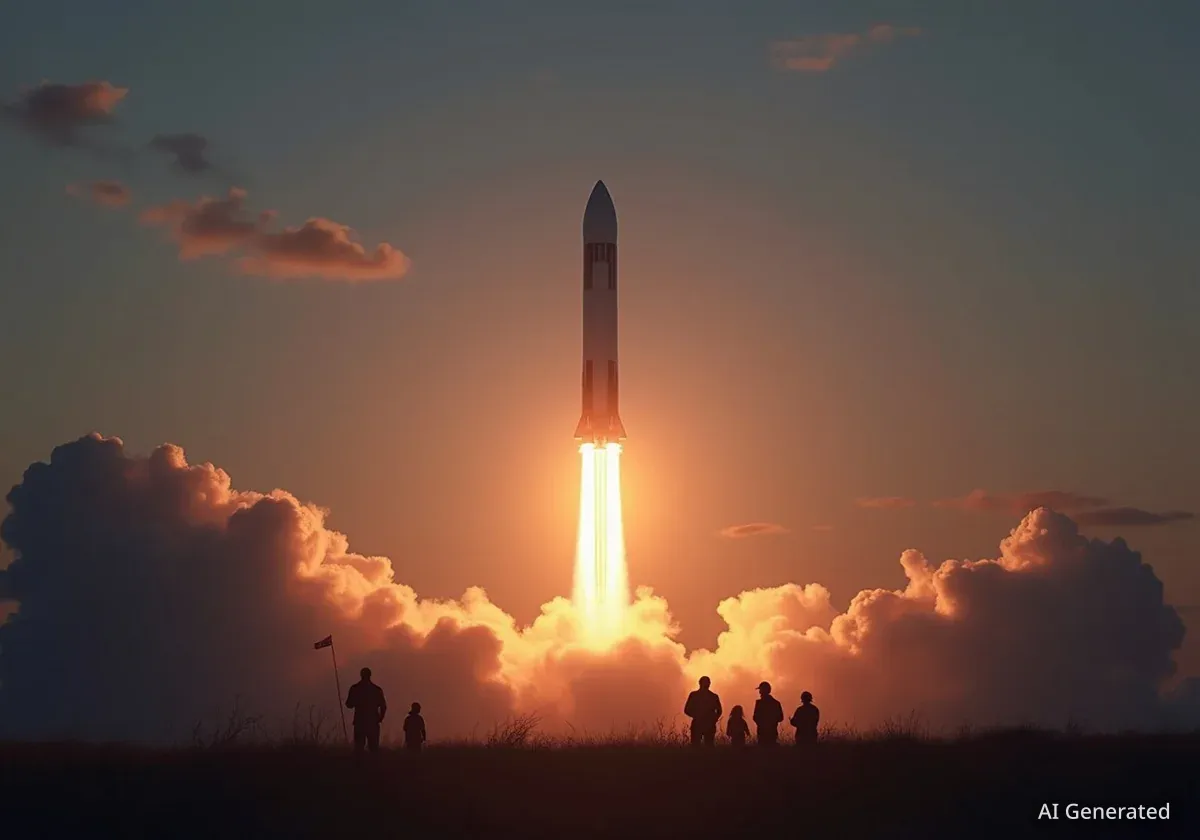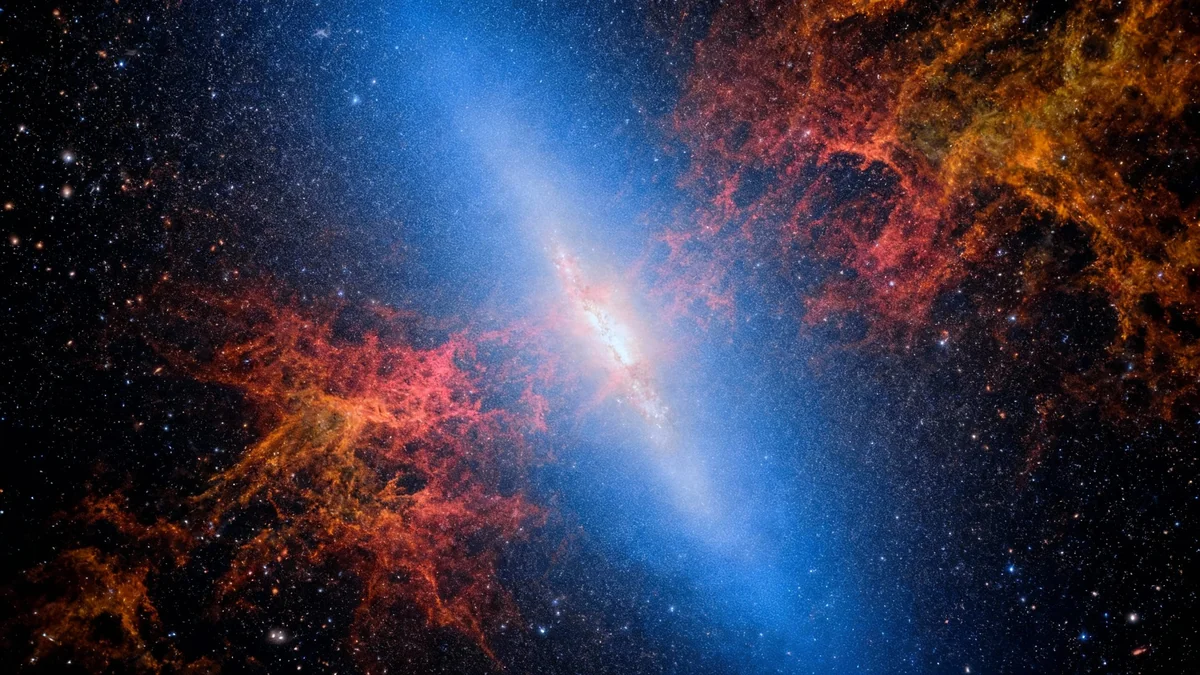A common understanding in physics and popular culture portrays space-time as a tangible fabric where all past, present, and future events coexist. However, a critical analysis suggests this view may be a fundamental misunderstanding. Instead, space-time should be seen as a conceptual map for organizing events, not a physical entity that exists on its own.
This perspective, articulated by Daryl Janzen of the University of Saskatchewan, argues that distinguishing between things that happen and things that exist provides crucial clarity. It reframes our understanding of time, resolves long-standing paradoxes, and offers a more precise interpretation of theories like general relativity.
Key Takeaways
- Space-time is best understood as a four-dimensional map that charts the location and timing of events, not a physical fabric.
- A key distinction is made between events, which "happen," and objects, which "exist." Events are occurrences, not persistent things.
- This view helps to resolve theoretical problems like time-travel paradoxes, which are based on the idea that the past is a destination that exists.
- Treating space-time as a map does not change the mathematical predictions of physics but clarifies the concepts behind them.
Understanding the Map Versus the Territory
In physics, space-time is defined as the complete set of all events that occur throughout the universe. It is a four-dimensional framework used to pinpoint where and when anything happens, from the smallest particle interaction to the movement of galaxies.
The confusion often arises from how we visualize this concept. Popular science frequently uses the analogy of a rubber sheet that bends under the weight of massive objects to explain gravity. This imagery implies that space-time is a physical substance that can be warped and manipulated. However, this is just an analogy.
A Famous Analogy in Art
The situation is similar to René Magritte's 1929 painting, 'The Treachery of Images,' which depicts a pipe with the caption "Ceci n'est pas une pipe" ("This is not a pipe"). The painting highlights that a representation of an object is not the object itself. Similarly, the mathematical model of space-time is not a physical space-time fabric.
The argument is that we have mistaken the map for the territory. A map of a city is an essential tool for navigation, but the paper map itself is not the city. Likewise, space-time is an indispensable mathematical tool for describing the universe, but it is not the universe itself.
Events Happen, Objects Exist
The core of this revised understanding lies in a simple linguistic and conceptual distinction. Objects—such as people, planets, and buildings—exist. They occupy a place over a period of time and can be encountered repeatedly. Their existence persists through change.
Events, on the other hand, happen. An event is an instantaneous occurrence at a specific point in space and time. Your first day of school was an event; it happened, but it does not continue to exist somewhere in a tangible past. It is a point on the map of your life, not a physical location you can revisit.
Physics Definitions
- Event: An instantaneous occurrence at a single point in space and time.
- Instant: A three-dimensional snapshot of all spatially separated events happening at the same time (relative to an observer).
- Worldline: The path of an object through four-dimensional space-time, representing its history of events.
When we say space-time is the totality of all events, we are describing a complete catalog of everything that ever happens. This catalog is incredibly useful, but it does not mean the catalog itself is a physical object. Believing that past and future events "exist" in the same way the present does is a category error.
Resolving Paradoxes and Philosophical Debates
This perspective has significant implications for both physics and philosophy. Many famous paradoxes, especially those related to time travel, are built on the faulty premise that the past is a place one can travel to.
"Time-travel paradoxes rest on the false premise that events exist as revisitable locations. Recognizing the categorical difference between occurrence and existence resolves these paradoxes."
If events simply happen and do not persist as existing entities, then traveling to the past to change an event becomes conceptually impossible. There is no "place" to go back to. The past is a record of completed occurrences, not an accessible domain.
This idea also clarifies debates in the philosophy of time:
- Eternalism: The view that all events across time—past, present, and future—are equally real. This relies on treating events as existing things.
- Presentism: The view that only the present exists. This aligns more closely with the idea that events happen and then are gone.
By asserting that events don't exist at all (in the way objects do), the debate shifts. Instead of arguing about when events exist, we can focus on how happenings are ordered and related to one another within a world of existing objects.
A Clearer View of General Relativity
Albert Einstein's theory of general relativity describes a four-dimensional space-time continuum that curves in the presence of mass and energy, which we experience as gravity. It is often interpreted as a theory about a four-dimensional thing that bends and warps.
However, the mathematics of relativity can be understood without this physical interpretation. The theory provides a powerful set of rules describing the relationships between events. It explains how the presence of matter and energy affects the paths that objects take through space and time (their worldlines).
Physics does not describe space-time itself as an existing substance that can change or be acted upon. It provides a framework to measure and predict the sequence of events. For example, it explains how clocks tick at different rates in different gravitational fields or at different speeds.
By removing the assumption that space-time is a physical object, we lose none of the predictive power of modern physics. What we gain is conceptual clarity. This shift helps us avoid confusing a powerful descriptive tool with the reality it describes, leading to a more accurate and intuitive understanding of the universe.





